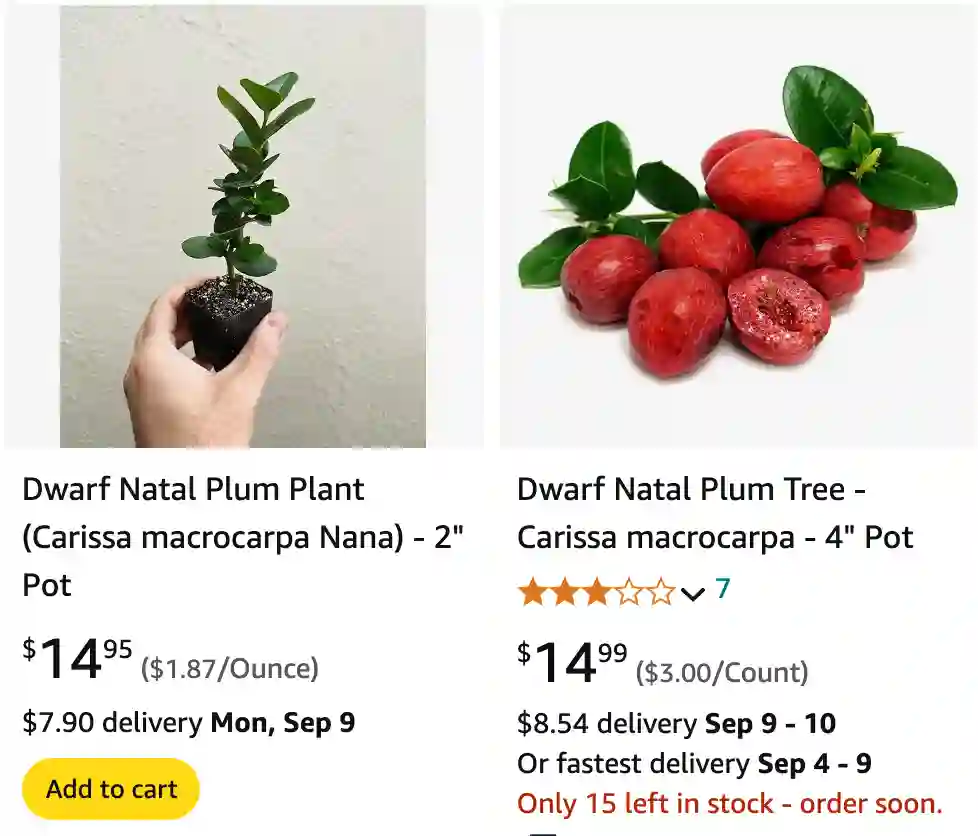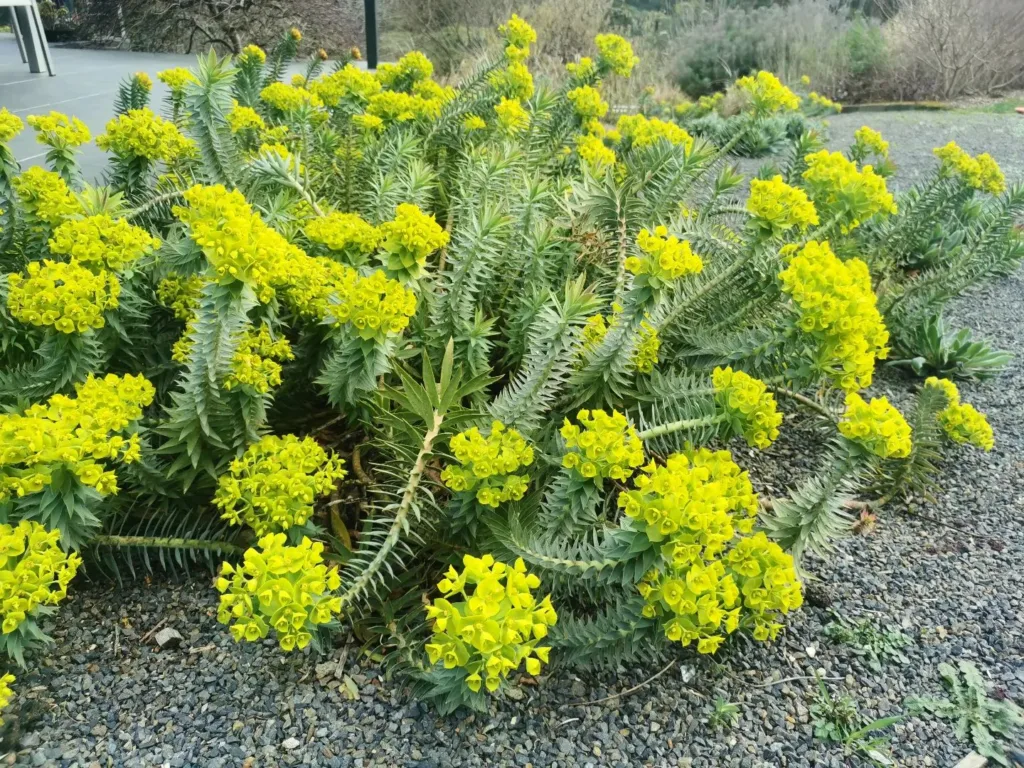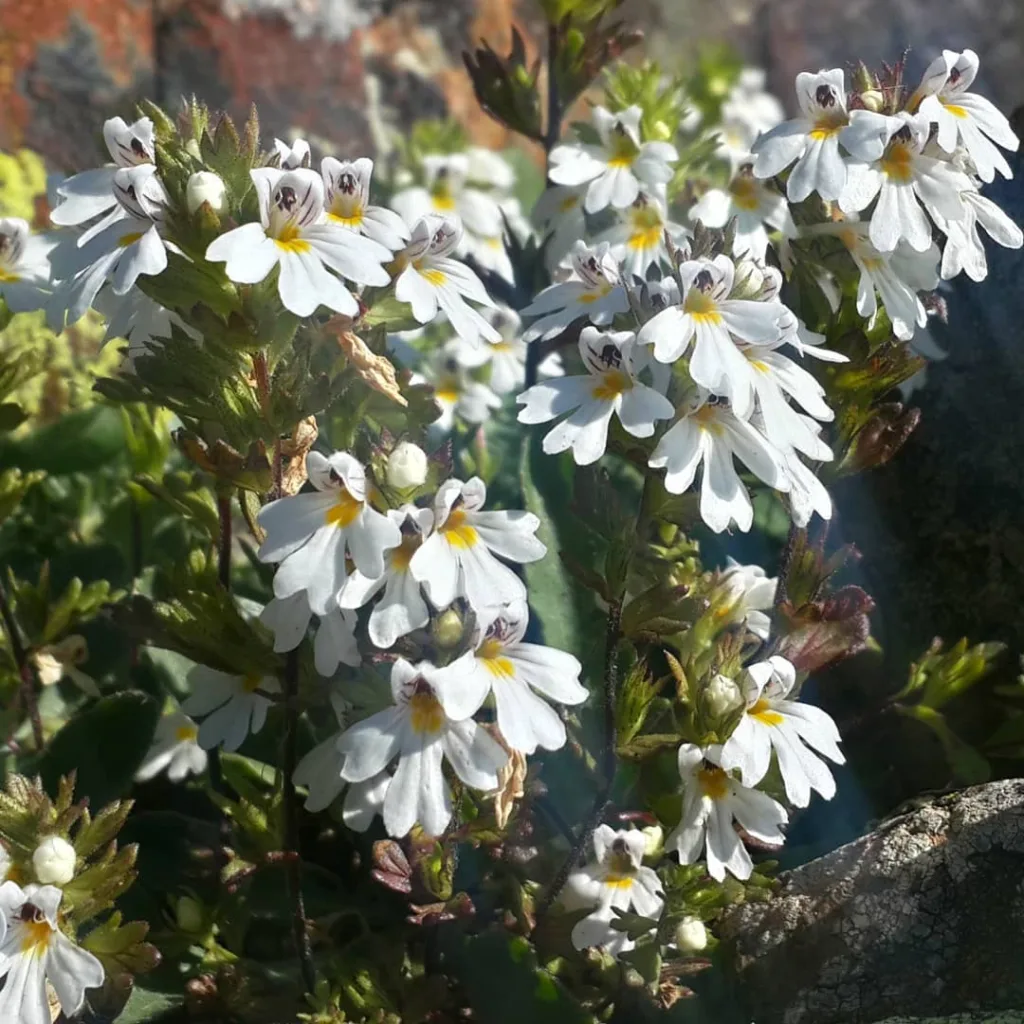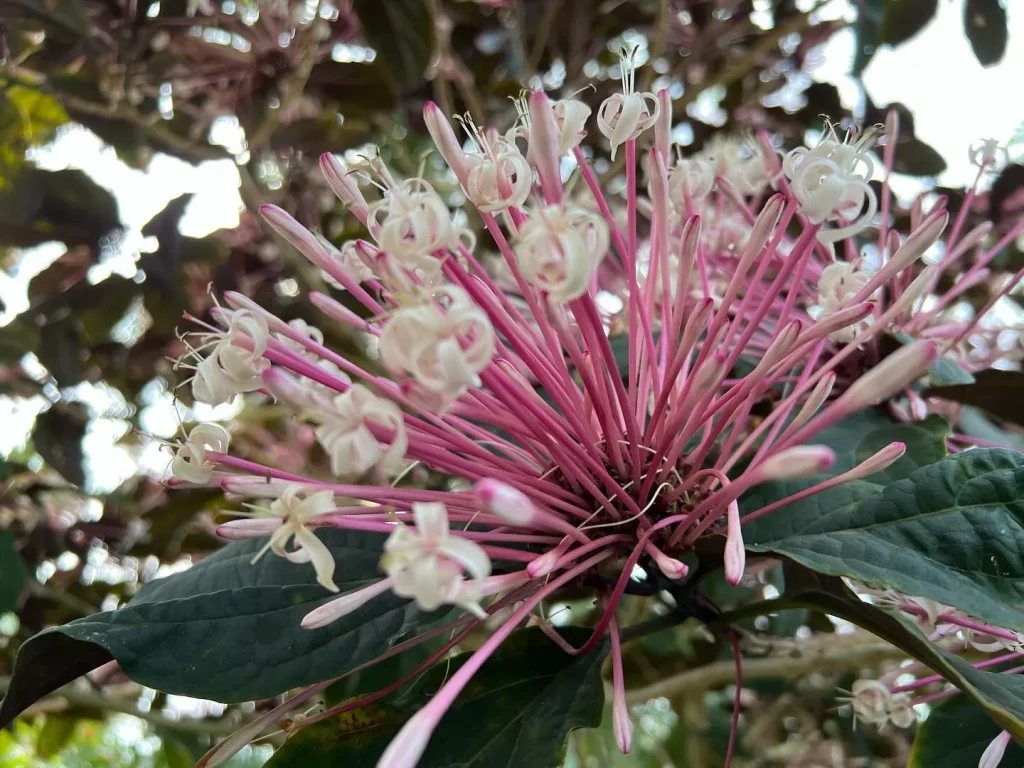
What is Carissa Macrocarpa?
Carissa Macrocarpa, commonly known as the Natal Plum or the Carissa Plum, is an evergreen shrub native to South Africa. It’s admired for its dense foliage, beautiful white star-shaped flowers, and vibrant red fruits. This plant is a favorite in gardens due to its versatility and resilience.
10 Species in Genus Carissa
How to Propagate Carissa Macrocarpa?
Propagating Carissa Macrocarpa can be a rewarding experience if you’re looking to expand your garden or share this lovely shrub with friends. The most common method is through cuttings. Here’s a step-by-step guide based on my personal experience:
- Choose the Right Time: The best time to take cuttings is in late summer or early fall. This is when the plant is actively growing, which increases the chances of successful rooting.
- Prepare the Cuttings: Select healthy, non-flowering stems. Cut about 4-6 inches long just below a node. Remove the lower leaves to expose the nodes, which will help in rooting.
- Rooting Hormone: Dip the cut end of each stem in rooting hormone to stimulate root development. Although this isn’t always necessary, it can significantly increase the success rate.
- Planting: Insert the cuttings into a pot filled with a well-draining potting mix. I’ve found a mix of perlite and peat moss works well. Water lightly and cover the pot with a plastic bag or a mini greenhouse to maintain humidity.
- Care: Place the pot in a warm, bright spot but out of direct sunlight. Keep the soil moist but not waterlogged. In a few weeks, you should see roots forming.
Is Carissa Macrocarpa Woody?
Yes, Carissa Macrocarpa is indeed a woody shrub. Its growth habit is characterized by a dense, bushy appearance with stiff, woody branches. This woodiness contributes to its robustness, making it an excellent choice for creating hedges or as a focal point in garden beds. The woody nature also helps the plant withstand various environmental stresses, including drought.
What Kind of Soil Should I Plant Carissa Macrocarpa In?
Carissa Macrocarpa thrives in well-draining soil. From my experience, the ideal soil type is a mix that combines organic matter with good drainage. Here’s what I’ve learned about soil requirements:
- Soil Type: A sandy loam or loamy soil works best. If your soil is clay-heavy, you can improve drainage by mixing in sand or perlite.
- pH Level: The plant prefers slightly acidic to neutral soil, with a pH range of 6.0 to 7.0. However, it can tolerate a broader pH range if necessary.
- Preparation: Before planting, enrich the soil with compost or well-rotted manure. This adds essential nutrients and improves soil structure.
How to Care for Carissa Macrocarpa?
Caring for Carissa Macrocarpa is relatively straightforward. Here are some key tips based on my observations:
- Watering: While the plant is drought-tolerant once established, it benefits from regular watering during dry periods. Ensure the soil dries out slightly between waterings to prevent root rot.
- Fertilizing: Feed the plant with a balanced fertilizer in spring and summer. This supports vigorous growth and enhances flowering.
- Pruning: Regular pruning helps maintain the plant’s shape and encourages denser growth. Remove dead or crossing branches to improve air circulation.
- Pest and Disease Control: Carissa Macrocarpa is relatively pest-resistant, but watch for common issues like scale insects or fungal diseases. Treat any problems promptly with appropriate remedies.
Can You Grow Carissa Macrocarpa Indoors?
Growing Carissa Macrocarpa indoors is possible but requires specific conditions. The plant needs plenty of light, so a south-facing window is ideal. Keep the humidity levels moderate and ensure the pot has good drainage. While it’s not as common to grow this plant indoors, it can be a unique addition to an indoor garden.
Is Carissa Macrocarpa Toxic?
Carissa Macrocarpa is not known to be highly toxic. However, the plant’s berries are mildly toxic if ingested in large quantities. It’s best to keep the plant away from young children and pets who might be tempted to sample the fruits.
Benefits of Carissa Macrocarpa
Carissa Macrocarpa offers several benefits, including:
- Aesthetic Appeal: Its glossy leaves and fragrant flowers make it a visually striking plant.
- Edible Fruits: The red fruits are edible and can be used in jams, jellies, and desserts. They are rich in vitamin C.
- Hedge Planting: Its dense growth makes it an excellent choice for privacy hedges or as a barrier plant.
Common Problems with Carissa Macrocarpa
Despite its hardiness, Carissa Macrocarpa can encounter a few problems:
- Root Rot: Overwatering or poorly-draining soil can lead to root rot. Ensure proper drainage and adjust watering practices as needed.
- Pest Issues: While generally pest-resistant, it can occasionally attract scale insects or aphids. Regular inspection and treatment can manage these issues effectively.
Comparing Carissa Macrocarpa with Other Similar Plants
If you’re considering Carissa Macrocarpa, you might also look at similar plants like the Privet (Ligustrum) or the Boxwood (Buxus). Both offer dense foliage and can be used similarly in hedges or decorative plantings. However, Carissa Macrocarpa stands out with its distinctive flowers and edible fruit.
In summary, Carissa Macrocarpa is a versatile and attractive shrub that can enhance any garden or indoor space. By following these care tips and understanding its requirements, you can enjoy its beauty and benefits for years to come.
If i die, water my plants!



